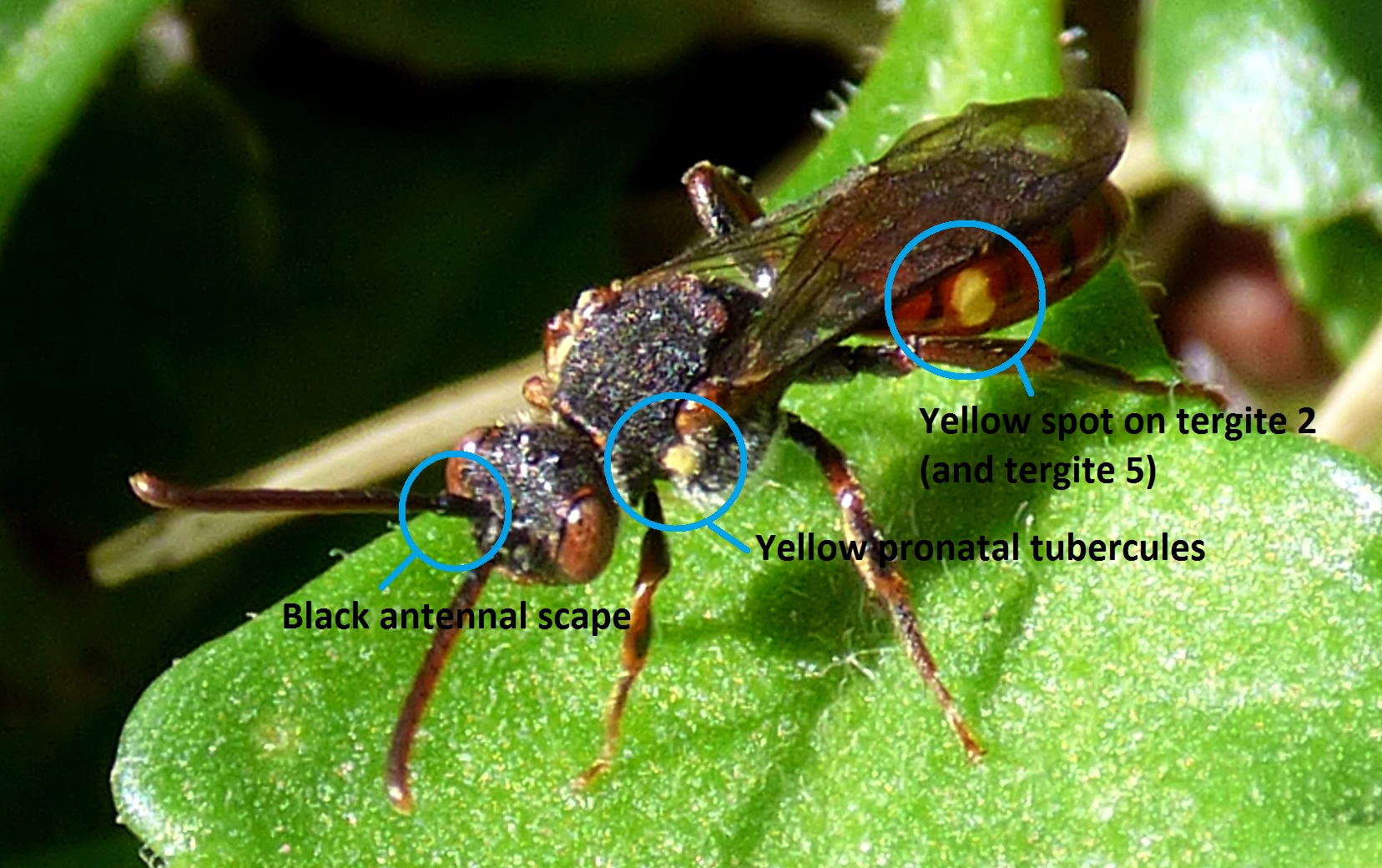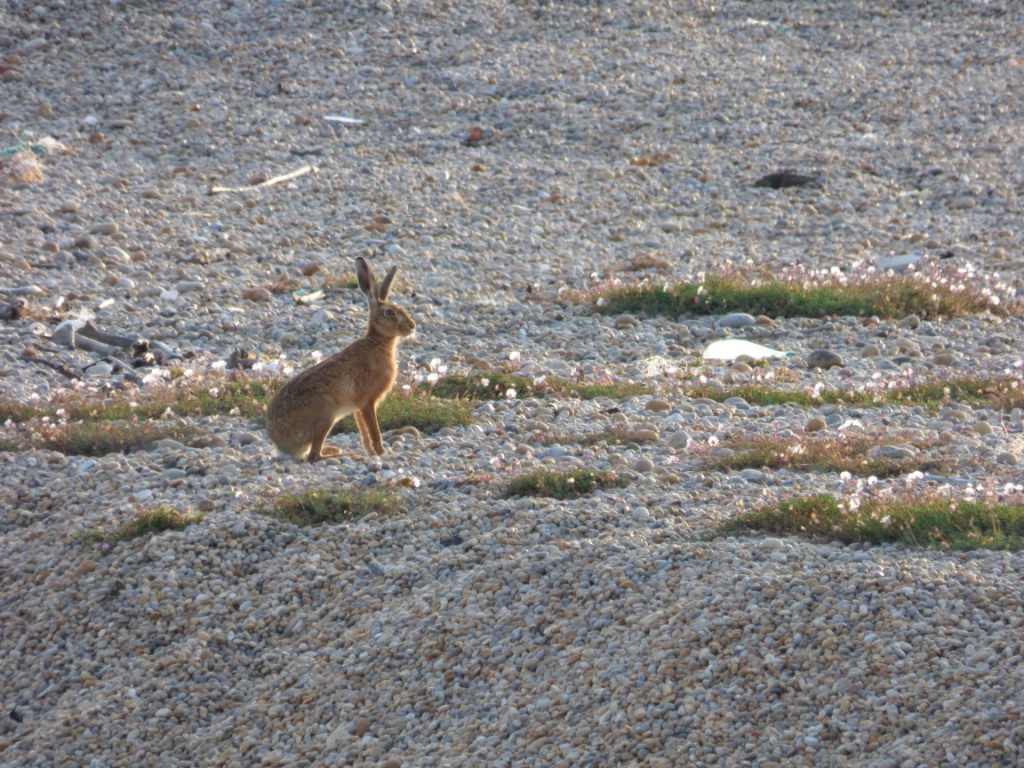Letter to the Welsh Government
If you’ve met me in person, you will know already that I can be rather opinionated. Particularly if the topic is concerning nature, feminism or cakes vs biscuits. Since my blog is about nature, I tend to only comment on the former here. Although I am willing to respond to queries about my thoughts on the latter two topics as well.
I am all for calling on the government and organisations to sort themselves out when it comes to wildlife and environmental protection, so when I head about the proposal to build a 6-lane motorway through the Gwent Levels, I was horrified – and relieved that there is an opportunity to let the government know my opinions on the plan.
I have personalised my response (see below), as I lived in south Wales for a year and I know how wonderful this wildlife is. Send your response too!
Re: M4 Corridor around Newport. Formal objection to draft orders – please forward to the Welsh Government.
Dear Sir or Madam,
I am writing to strongly oppose the Welsh Government’s proposal to divert the M4 motorway through the beautiful Gwent Levels.
A few years ago, I lived in south Wales and it was one of the best years of my life. I discovered the beauty of British wildlife there, from the humble cuckooflower to the majesty of red deer. I wouldn’t be the naturalist and conservationist that I am today if it hadn’t been for that year.
During this year, I worked as in environmental education, helping local children to discover the beautiful and special wildlife on their doorstep. The beautiful and special wildlife that you are proposing to destroy with this motorway. It breaks my heart to think of all the animals and plants that will be affected by this plan. I understand that something needs to be done about the M4, but this motorway through the Gwent Levels cannot be the answer.
I urge you to respect the protected environment and wildlife of the Gwent Levels and stop this new road from being built.
We need investment in a Wales that is fit for future generations, not one where our health, well-being and environment are put at risk.
Please ensure the Welsh Government receives this email so my objection will be considered and counted.
Yours sincerely,
Ms M Shersby


























































































































